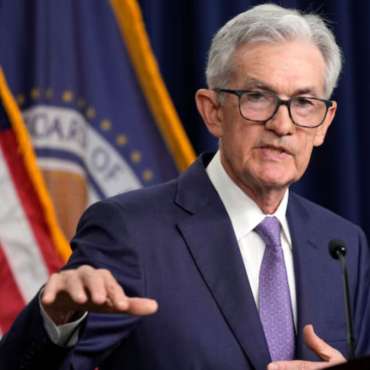In a bold move to safeguard millions of retirements, South Korea’s National Pension Service (NPS), which is the world’s third-largest public pension fund, is eyeing blockchain technology to overhaul its $890 billion system.
The initiative aims to lock down transaction security, boost transparency, and future-proof the fund amid demographic challenges. Here’s what’s unfolding.
Blockchain: A New Shield for Pension Security
The NPS plans to integrate blockchain into its financial infrastructure, targeting tamper-proof record-keeping for deposits, withdrawals, and investments. With 1,224 trillion won ($836 billion) under management, the fund seeks to eliminate vulnerabilities in its current systems. By using a decentralised ledger, every transaction would become immutable, reducing fraud risks.
“This isn’t about crypto speculation; it’s about bulletproofing our operations,” an NPS insider revealed. The fund previously tested blockchain to track overseas pension payouts, proving the tech’s potential. Now, it’s scaling up.
Why Blockchain?
South Korea’s ageing population and looming fund depletion by 2071 demand innovative solutions. Blockchain’s strengths align perfectly:
- Fraud Prevention: Immutable records deter data manipulation.
- Real-Time Audits: Stakeholders could track transactions instantly.
- Cost Savings: Smart contracts may automate complex processes.
Critically, the NPS isn’t touching cryptocurrencies. Instead, it’s leveraging blockchain’s framework to modernise without gambling on volatile assets. Meanwhile, its indirect crypto ties via investments in Coinbase and Strategy shares remain unchanged.
Step-by-Step: How the NPS Plans to Proceed
The rollout will be methodical. First, the NPS opens a preliminary consultation, inviting blockchain firms and experts to submit proposals. This feedback phase, standard for Korean public projects, ensures stakeholder buy-in.
Next, a feasibility study will assess technical integration, costs, and scalability. Key focus areas include updating accounting systems and ensuring compatibility with legacy infrastructure. “Rushing could backfire,” said a Seoul Economic Daily source. “They’re prioritising precision over speed.”
Pension Funds Tiptoe Into Blockchain
South Korea’s move mirrors cautious global interest. In March 2025, BlackRock expanded its tokenised fund on Solana, targeting $2 billion. At the same period, Brazil banned pension funds from crypto investments weeks earlier, wary of risks.
The NPS stands apart by focusing solely on blockchain’s utility, not crypto exposure. This aligns with its fiduciary duty to prioritise stability. “They’re setting a blueprint for others,” noted a fintech analyst.
Challenges: Roadblocks on the Blockchain Highway
Scalability and public perception top the hurdle list. Critics argue blockchain’s energy use and complexity could clash with the NPS’s massive scale. Others worry about tying pensions to a tech still linked to crypto’s wild swings.
Regulatory approval remains another hurdle. South Korea’s strict financial laws require rigorous vetting, potentially slowing adoption. Still, proponents insist the long-term payoff of fraud reduction and streamlined operations justifies the effort.
What Success Could Mean for South Korea
A win here could ripple globally. As the NPS manages 40% of South Korea’s GDP, its tech shift might push other state agencies to modernise. For pension funds worldwide, it could prove blockchain’s viability in high-stakes finance.
Domestically, the upgrade might ease public anxiety over the fund’s projected depletion. “Transparency builds trust,” said a retiree in Seoul. “Knowing my pension is safer? That’s priceless.”
The Road Ahead
As of April 2025, the NPS remains in the planning phase. A research study will follow consultations, with no firm launch date yet. Officials stress patience, acknowledging the complexity of revamping a system serving millions.
Meanwhile, South Korea’s 7-Eleven stores already accept a central bank digital currency, hinting at broader tech ambitions. For the NPS, blockchain could be the next step in securing its financial legacy, one block at a time.
Written By Fazal Ul Vahab C H



